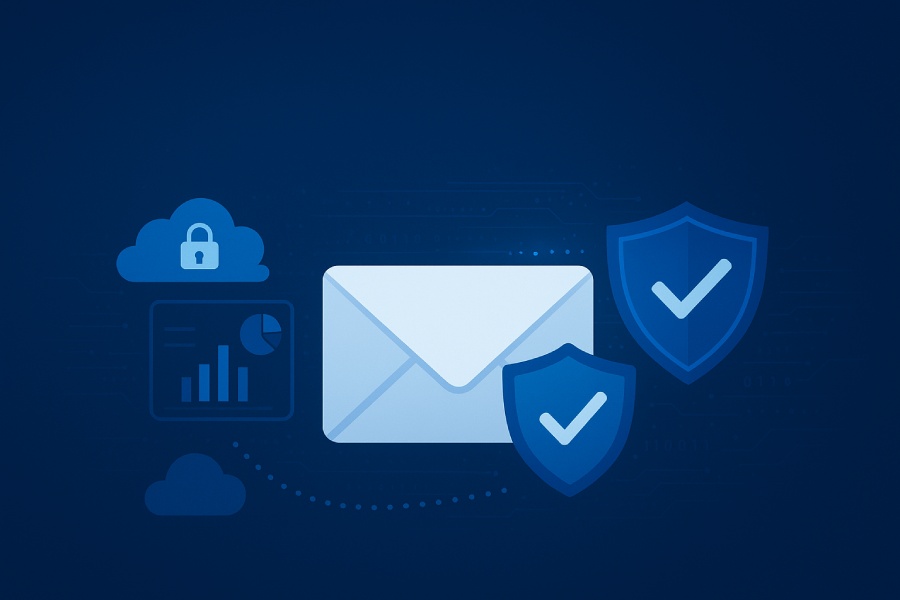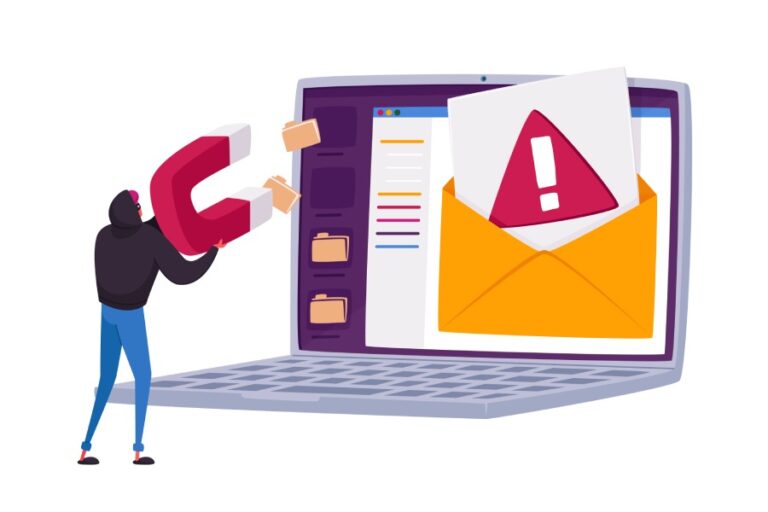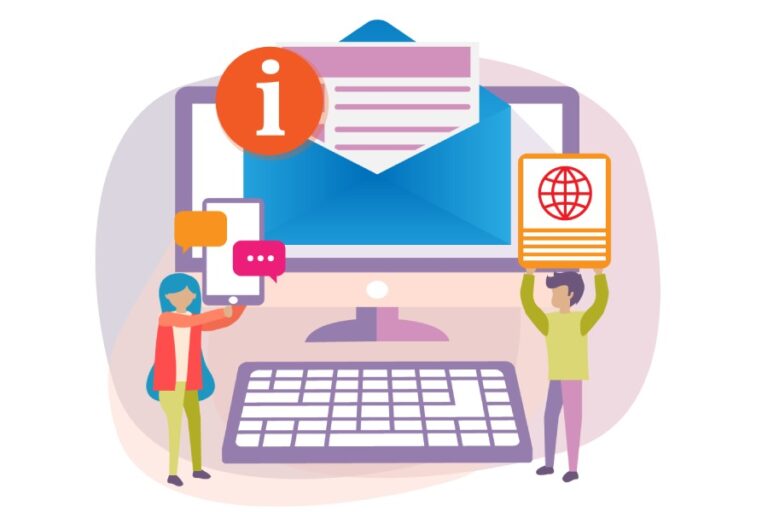Top 10 Dmarc Solutions And Providers To Secure Your Email In 2025
Email security is more critical than ever in 2025 as phishing, spoofing, and domain impersonation continue to threaten organizations worldwide. DMARC (Domain-based Message Authentication, Reporting, and Conformance) has become a key defense mechanism, helping businesses verify legitimate senders and block fraudulent emails before they reach inboxes. Implementing the right DMARC solution ensures your domain stays protected, your reputation remains intact, and your customers can trust every message sent in your name.
To help you choose the most effective protection, we’ve compiled the Top 10 DMARC solutions and providers leading the way in 2025. These platforms offer advanced authentication, AI-powered reporting, and automation tools that simplify policy enforcement while improving deliverability. Whether you’re a small business or a large enterprise, these providers can help you achieve complete email security and brand protection in the evolving digital landscape.
Understanding DMARC: What It Is and Why It Matters
Domain-based Message Authentication, Reporting & Conformance (DMARC) is an essential email authentication protocol designed to combat email spoofing and phishing, thereby enhancing overall email security and domain reputation. DMARC leverages two critical authentication protocols—Sender Policy Framework (SPF) and DomainKeys Identified Mail (DKIM)—to verify the legitimacy of incoming email messages against authorized DNS records, specifically TXT records, configured by domain owners.
By implementing a DMARC policy, organizations gain granular control over how unauthenticated messages are handled, such as rejection, quarantine, or none, enabling effective DMARC enforcement and mitigating email fraud. Beyond enforcement, DMARC facilitates robust email monitoring through aggregate reports and forensic reports, equipping security teams with actionable insights into authentication failure incidents and unauthorized mail flow that undermine email deliverability and sender reputation.
Crucially, DMARC supports domain alignment, ensuring alignment between the header “From” domain and the domains validated by SPF and DKIM, a cornerstone of message authentication. This domain alignment builds email trust among recipients and mail transfer agents, enhances spam prevention efforts, and strengthens phishing protection—a cornerstone in proactive cybersecurity and incident response strategies.
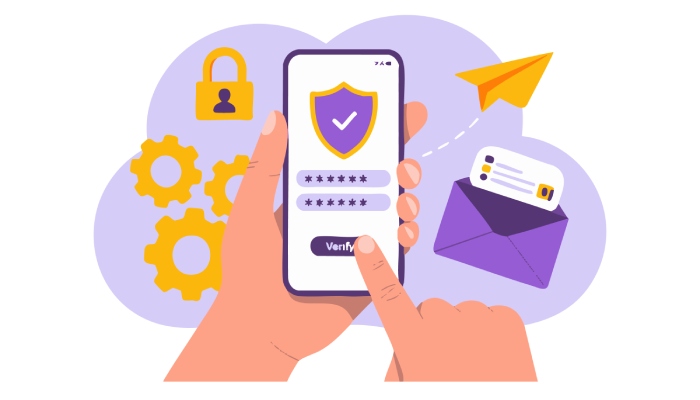
Key Features to Look for in a DMARC Solution
Choosing the right DMARC solution demands a comprehensive view of the features and capabilities that empower domain owners to manage email domain protection effectively while streamlining security protocols and facilitating email compliance. Key features to prioritize include:
- Advanced DMARC Reporting Tools: Solutions should provide detailed aggregate reports and forensic reports with real-time dashboards that allow email policy management teams to perform email validation continuously and understand threat vectors.
- Automated DMARC Enforcement: Automated policies that intelligently escalate DMARC enforcement from “none” to “reject” reduce manual overhead while minimizing authentication failure and bounce management challenges.
- DNS Configuration Assistance: Since proper DNS records (TXT records for SPF, DKIM, and DMARC) are fundamental, integration with DNS providers for streamlined DNS configuration supports seamless mail flow management.
- Phishing Protection and Anti-Phishing Tools: Comprehensive anti-phishing toolkits detect and quarantine suspicious emails, protecting end users from spear phishing and Business Email Compromise (BEC) attacks.
- Integration with Email Gateway and Security Platforms: Effective DMARC solutions integrate with existing email gateways, mail transfer agents, and major security platforms (such as Microsoft Defender for Office 365 or Google Workspace), enhancing mail security without disrupting operations.
- User-Friendly Interface with Security Awareness Features: Solutions that also facilitate security awareness training help internal teams understand email threat landscapes and enforce email policy management efficiently.
- Domain Reputation and Sender Reputation Monitoring: Tracking domain reputation in near real-time enables proactive threat mitigation by identifying sources of email spoofing or spam eruption.
- Incident Response and Bounce Management: Efficient workflows for incident response ensure that authentication failures and delivery issues are addressed promptly, preserving email deliverability.
Overview of the Email Security Landscape in 2025
The email security landscape in 2025 is characterized by heightened sophistication of cyber threats, increased regulatory scrutiny on email privacy and compliance, and the rising importance of zero-trust principles in cybersecurity strategies. Email remains the primary vector for phishing, ransomware, and social engineering attacks, making domain-based authentication protocols more critical than ever.
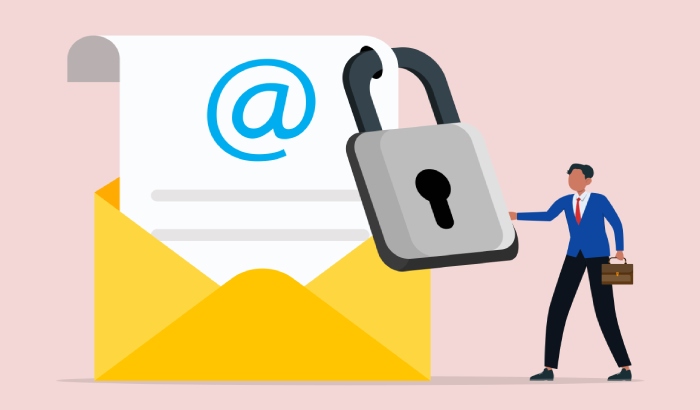
Organizations now regard DMARC not merely as a compliance checkbox but as a core component of their messaging security infrastructure. Providers have incorporated AI-powered threat detection to dynamically identify emerging email threats and reduce false positives in DMARC reporting. This shift to intelligent, adaptive security protocols enhances threat mitigation and supports continuous email monitoring.
Additionally, the proliferation of cloud-based mail platforms such as Google Workspace and Microsoft 365 necessitates robust integrations with DMARC solutions to maintain seamless and secure mail flow management. Service providers also prioritize features such as email encryption and spam prevention mechanisms, further safeguarded by comprehensive email validation and authentication protocols.
Security operations centers rely extensively on actionable insights emanating from DMARC aggregate reports and forensic reports to drive incident response and elevate the organization’s email trust metrics. In this ever-evolving scenario, partnering with proven DMARC providers capable of delivering end-to-end email domain protection and holistic cybersecurity solutions is imperative.
Solution 1: Valimail – Comprehensive DMARC Management
Valimail stands out as a market leader offering a fully automated DMARC solution that excels in simplifying DMARC enforcement while optimizing email deliverability and domain reputation. Valimail’s platform is engineered with a strong focus on complete email authentication management, encompassing SPF, DKIM, and DMARC protocols.
One of the key features Valimail offers is automated DNS configuration support that updates and validates DNS records for sender policy framework and domain keys identified mail, alleviating common misconfigurations that lead to authentication failure. Their solution integrates email validation and bounce management, ensuring that mail transfer agents seamlessly route authenticated emails while minimizing false positives.
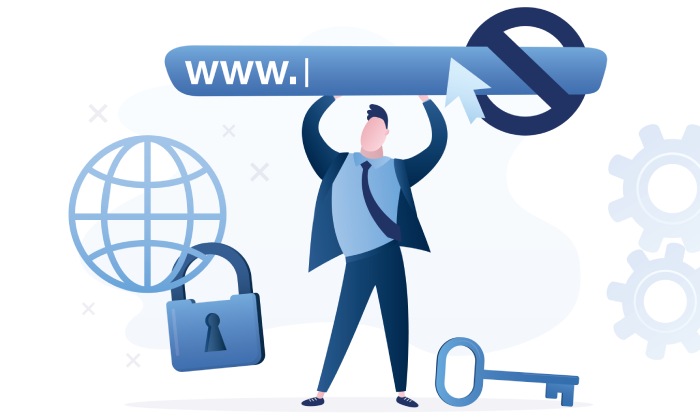
Valimail’s advanced reporting tools offer comprehensive DMARC reporting capabilities, supplying both aggregate and forensic reports that empower organizations with email domain protection insights. These tools enable real-time email monitoring and incident response workflows, crucial for threat mitigation and phishing protection.
Moreover, Valimail’s robust focus on email trust and sender reputation management helps organizations maintain compliance with evolving cybersecurity standards. Their platform is widely recognized for ease of use in security policy management and scalability, making it suitable for enterprises demanding consistent anti-phishing enforcement across their mail gateways.
Solution 2: Agari – AI-Powered Threat Detection
Agari delivers a next-generation DMARC solution enhanced by AI-powered threat detection and incident response capabilities, positioning it as a preferred choice for enterprises grappling with advanced email fraud prevention and sophisticated phishing threats.
At its core, Agari’s platform uses domain-based authentication coupled with machine learning algorithms to analyze email headers, message authentication statuses, and user behavior patterns. This dynamic approach detects anomalies indicative of email spoofing or authentication failure faster than traditional methods.
The solution offers deep integration with mail transfer agents and leading email gateways, such as Microsoft Defender for Office 365 and Mimecast, seamlessly embedding into existing enterprise security ecosystems. Agari’s forensic reports provide actionable intelligence critical for incident response teams to mitigate real-time threats efficiently.
Furthermore, Agari’s DMARC policy recommendations are tailored to improve email deliverability while enforcing strict domain alignment and compliance with organizational security protocols. The platform also emphasizes user education through security awareness modules, helping reduce human-factor vulnerabilities that often undermine email security strategies.
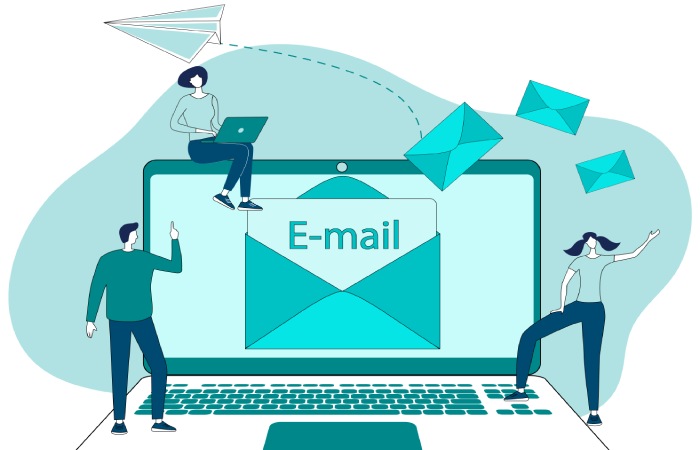
Comprehensive reporting tools in Agari enhance visibility into domain reputation and authentication protocols, supporting email trust ecosystem maintenance and empowering stakeholders with precise email policy management direction informed by sophisticated analytics.
Solution 3: Dmarcian – User-Friendly DMARC Reporting Tools
Dmarcian is renowned for its intuitive and comprehensive DMARC reporting tools, making it an excellent choice for organizations seeking clarity in their email authentication strategy. Their platform streamlines the analysis of aggregate reports and forensic reports, which are crucial for monitoring domain alignment and identifying authentication failures. By simplifying these complex DMARC reports, Dmarcian enables security teams to better visualize instances of email spoofing or phishing attempts against their email domains.
The solution integrates seamlessly with DNS configuration through easy management of TXT records that define SPF, DKIM, and DMARC policies. This leads to improved email compliance by reinforcing domain-based authentication protocols. Additionally, Dmarcian’s reporting tools provide actionable insights on sender reputation and authentication protocols, supporting proactive email fraud prevention measures. Such detailed reporting empowers organizations to improve email deliverability and reduce false positives in spam prevention efforts.
By automating the process of email monitoring, Dmarcian aids incident response teams in quickly detecting and mitigating phishing threats. Their platform is ideally suited for organizations aiming to elevate their email security posture with minimal administrative overhead.
Solution 4: Valimail – Integration and Scalability Benefits
Valimail stands out with its robust integration capabilities and scalable architecture, particularly useful for enterprises managing extensive mail flow across multiple domains and mail transfer agents (MTAs). This provider specializes in applying domain alignment techniques while enforcing DMARC policies through automated DMARC enforcement.
Valimail’s platform integrates well with major email gateways and security protocols, including Microsoft Defender for Office 365 and Google Workspace, ensuring holistic email domain protection. Through seamless incorporation into existing cybersecurity ecosystems, Valimail supports advanced threat mitigation and email validation, making it easier to maintain a strong sender policy framework across complex networks.
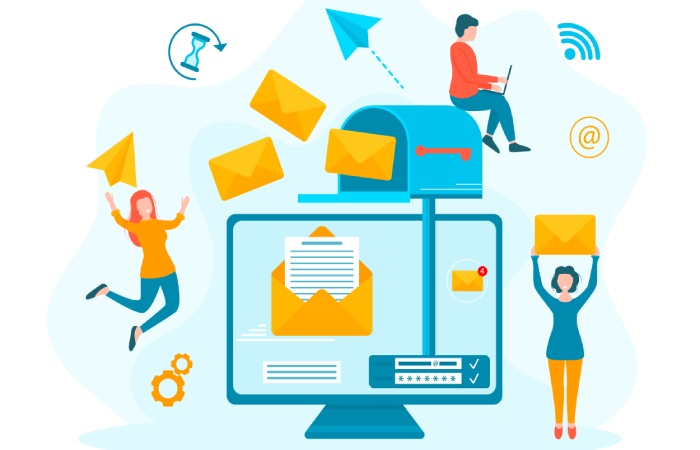
The provider’s scalability benefits are particularly notable for organizations undergoing digital transformation or expanding their email infrastructure. Valimail offers continuous DMARC reporting and email monitoring through dashboards that aggregate data from DNS records, facilitating precise mail flow management and efficient bounce management strategies. Their solution also simplifies SPF and DKIM configuration, which are foundational to email authentication and phishing protection.
Solution 5: FireEye – Real-Time Incident Response
FireEye complements traditional DMARC enforcement with powerful real-time incident response capabilities. Their platform is designed for environments where rapid threat detection and mitigation are critical to maintaining email trust and security awareness.
Utilizing advanced security protocols and analysis of email headers, FireEye’s tools identify suspicious mail flow indicative of email spoofing or authentication failure. Integration with Cisco Talos threat intelligence and other anti-phishing tools enhances the capacity for early phishing protection and cybersecurity incident containment.
FireEye’s real-time forensic reports enable security teams to execute immediate incident response, curtailing email fraud attempts before they impact the organization’s domain reputation. The system’s ability to correlate information from DMARC aggregate reports and spam prevention logs supports comprehensive email policy management. Consequently, organizations benefit from heightened resilience against email-based threats while preserving email deliverability.
Comparing Pricing Models and Support Services Among Providers
When selecting a DMARC solution provider, it’s crucial to consider the pricing structures and support services offered, as these directly impact total cost of ownership and the effectiveness of email domain protection strategies.
Providers like OnDMARC and EasyDMARC typically offer tiered pricing models based on the number of domains monitored, volume of email traffic, and levels of DMARC reporting. These packages often include varying degrees of customer support, from standard email assistance to 24/7 live support and dedicated account management.
Enterprise-grade providers such as Proofpoint, Mimecast, and Barracuda Networks focus on comprehensive email security platforms that bundle DMARC enforcement with broader email gateway protections and security awareness training. Pricing here is usually subscription-based with options for integration services and incident response support.
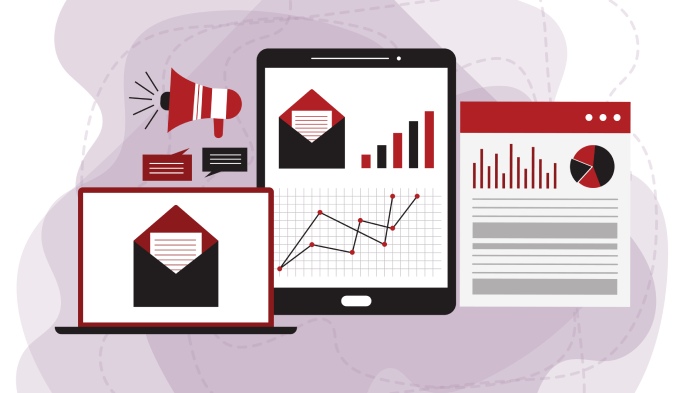
Valimail and Agari tend to adopt value-based pricing that scales with organizational size and complexity, emphasizing automation tools that reduce administrative burden. Their customer support includes extensive onboarding, DNS record management assistance, and advanced DMARC analytics interpretation.
It is advisable for organizations to evaluate the level of technical support, availability of reporting tools, and ease of DNS configuration each provider offers. An optimal balance between affordability and expert service is often essential for maximizing email compliance and successful DMARC implementation.
Best Practices for Implementing DMARC with Your Chosen Provider
Effective DMARC implementation is critical for strengthening email security, and adhering to best practices ensures maximum benefits from your selected provider:
- Start with a Monitoring-Only Policy: Begin DMARC deployment with a “none” policy to collect aggregate reports without impacting email deliverability. This phase helps identify legitimate sources of mail flow and potential authentication failures.
- Leverage Comprehensive Reporting: Utilize forensic reports and aggregate reports to analyze email headers and pinpoint sources of email spoofing or unauthorized use of your domain. Providers like DMARC Analyzer and Red Sift offer advanced reporting tools that enhance visibility.
- Ensure Correct DNS Configuration: Properly configure SPF and DKIM records in your DNS, maintaining alignment according to domain-based authentication standards. TXT records must accurately reflect your sender policy framework to prevent authentication failure.
- Gradually Enforce DMARC Policies: Progressively move from monitoring to quarantine and then to reject policies. This phased enforcement mitigates risk while progressively strengthening email domain protection.
- Integrate with Existing Security Protocols: Coordinate DMARC enforcement with anti-phishing tools, email encryption, and spam prevention strategies embedded within your email gateway and security ecosystem.
- Maintain Ongoing Email Monitoring: Continuous email monitoring and bounce management help maintain domain reputation and address any anomalies promptly. Employ automated DMARC reporting tools provided by vendors for timely incident response.
- Promote Security Awareness and Email Policy Management: Educate internal teams on email compliance and authentication protocols. Combine provider reporting and incident response capabilities with organizational cybersecurity training to enhance overall threat mitigation.
Adhering to these best practices, alongside consulting with leading providers such as Tessian or Trend Micro, can drastically improve email trust and reduce the risks associated with email spoofing and fraud.
FAQs
What is the role of SPF, DKIM, and DMARC in email authentication?
SPF (Sender Policy Framework) and DKIM (DomainKeys Identified Mail) are foundational email authentication protocols that verify the sender’s identity through DNS TXT records. DMARC builds upon these by specifying policy and reporting mechanisms that help prevent email spoofing and phishing by enforcing alignment between SPF and DKIM on incoming messages.
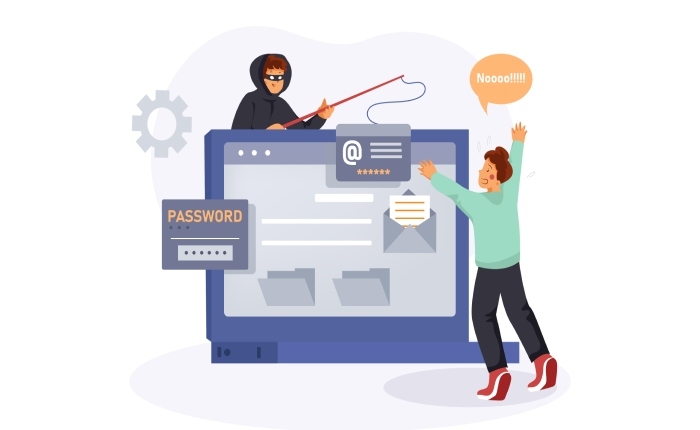
How does DMARC reporting improve email security?
DMARC reporting provides aggregate reports and forensic reports that offer insights into unauthorized use of your domains and authentication failures. These reports allow organizations to monitor email deliverability, identify fraud attempts, and adjust DMARC policy to enhance phishing protection and domain reputation.
Can DMARC be implemented without technical expertise?
While some basic DMARC setup can be managed internally, effective implementation often requires expertise in DNS configuration, SPF and DKIM setup, and interpreting DMARC reports. Many providers like Dmarcian and Valimail offer user-friendly interfaces and support services to simplify this process.
How do real-time incident response tools benefit DMARC enforcement?
Real-time incident response tools, such as those from FireEye, enable prompt detection and mitigation of phishing threats and email spoofing events. These tools analyze email headers and correlate data from various security protocols, facilitating immediate action to prevent email fraud and preserve domain reputation.
What factors should I consider when choosing a DMARC provider?
Consider the provider’s reporting tools, ease of DNS and DNS record management, integration capabilities with your existing email gateway, scalability, pricing models, and customer support. Also, evaluate whether the provider offers advanced anti-phishing tools, incident response functionality, and ongoing email monitoring.
Key Takeaways
- Effective email authentication relies on proper SPF, DKIM, and DMARC configuration, supported by accurate DNS TXT records.
- Comprehensive DMARC reporting and monitoring tools from providers like Dmarcian and EasyDMARC are essential for early detection of email spoofing and phishing.
- Integration and scalability features offered by providers such as Valimail facilitate streamlined domain alignment and improved email domain protection.
- Real-time incident response capabilities enhance threat mitigation and preserve email trust by enabling swift action against fraud attempts.
- Selecting the right DMARC provider involves balancing pricing, support, ease of implementation, and compatibility with existing cybersecurity protocols.

